Dear Creators, we are proud to announce an amazing affiliate program for you to earn some serious and continual cash. Read about our affiliate progarm here.
Caros criadores, temos o orgulho de anunciar um incrível programa de afiliados para vocês ganharem muito dinheiro de forma contínua. Leia sobre nosso programa de afiliados aqui.
Russian S-300V air-defense missile system filmed on duty
Providing protection for ground units of the Russian Armed Forces, crews of S-300V anti-aircraft missile systems serve around the clock, as the special military operation continues. <br> <br>----------------------------------------------------------------------------------------------- <br>Freedom over censorship, truth over narrative. <br>Follow us on Facebook: https://www.facebook.com/RTnews <br>Follow us on Telegram: t.me/rtnews <br>Follow us on Twitter: https://twitter.com/RT_com

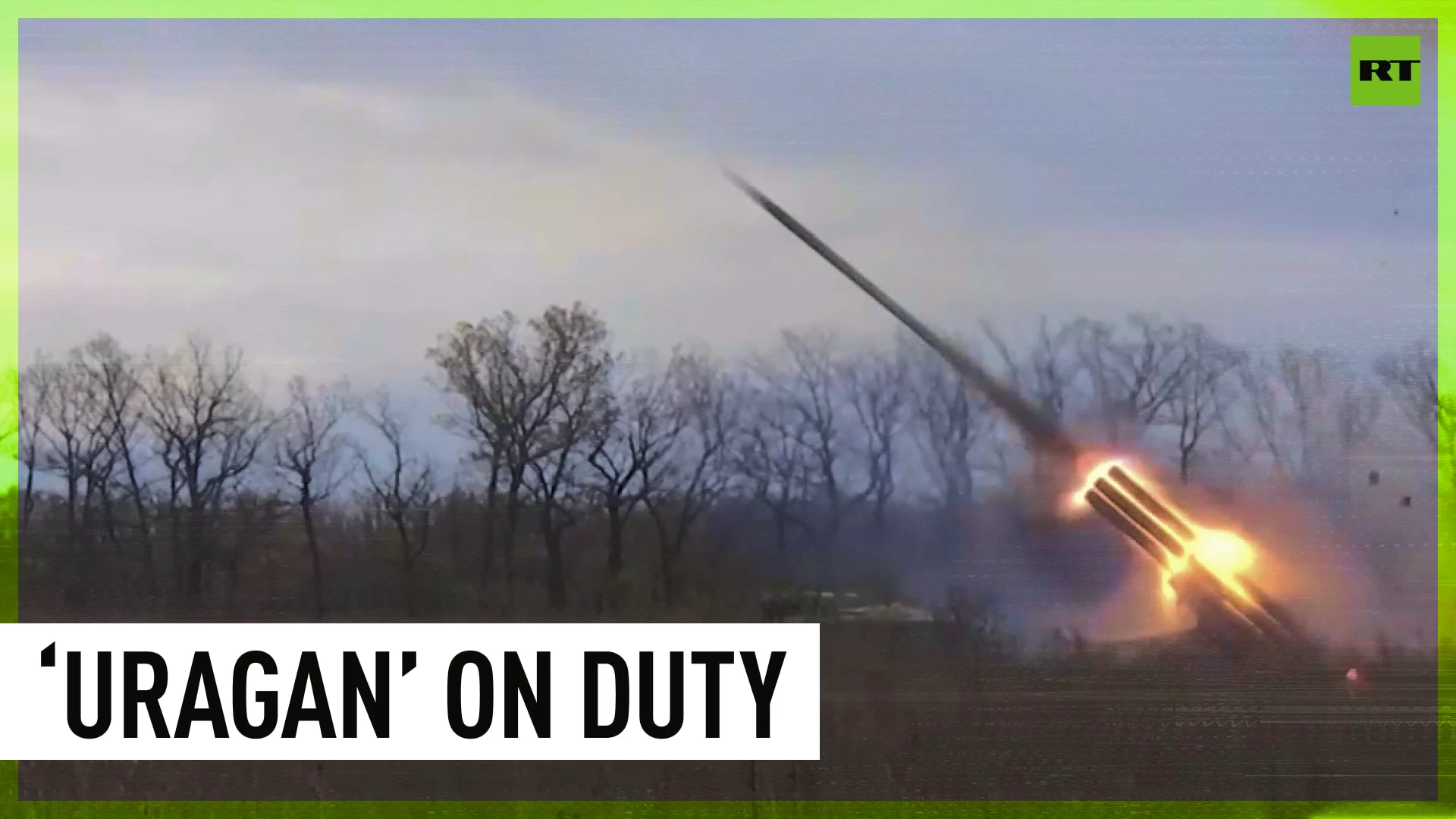




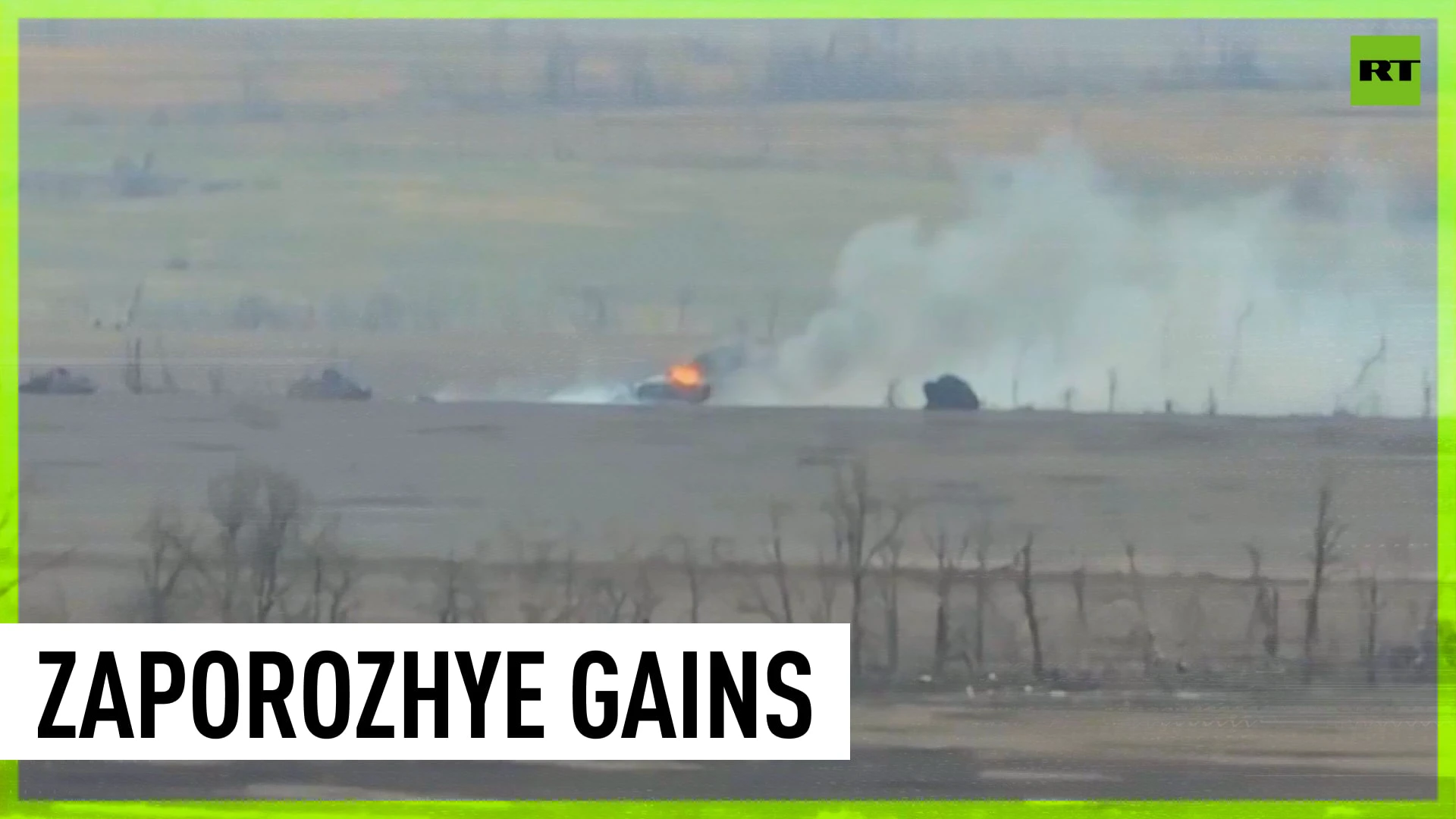



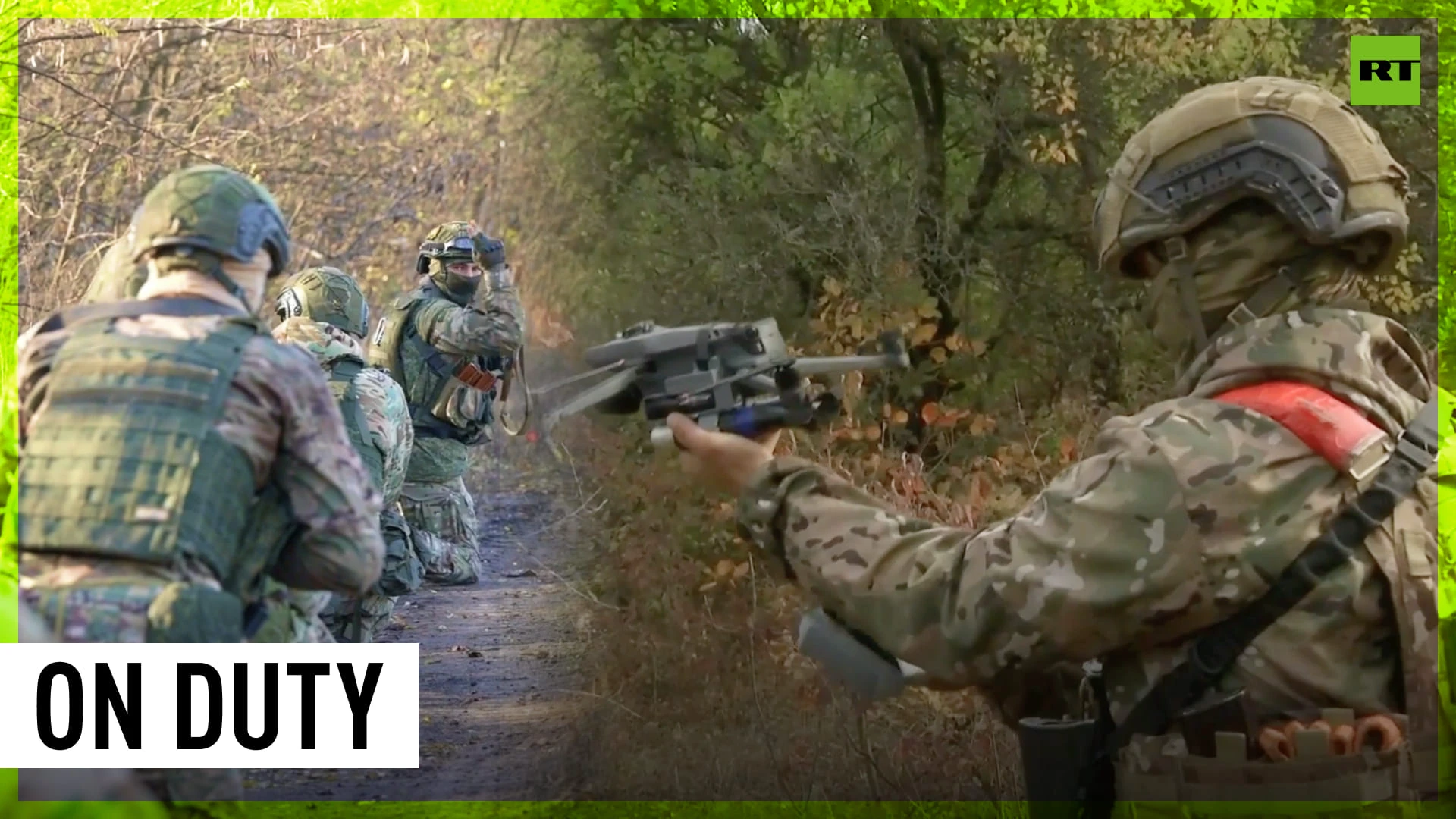
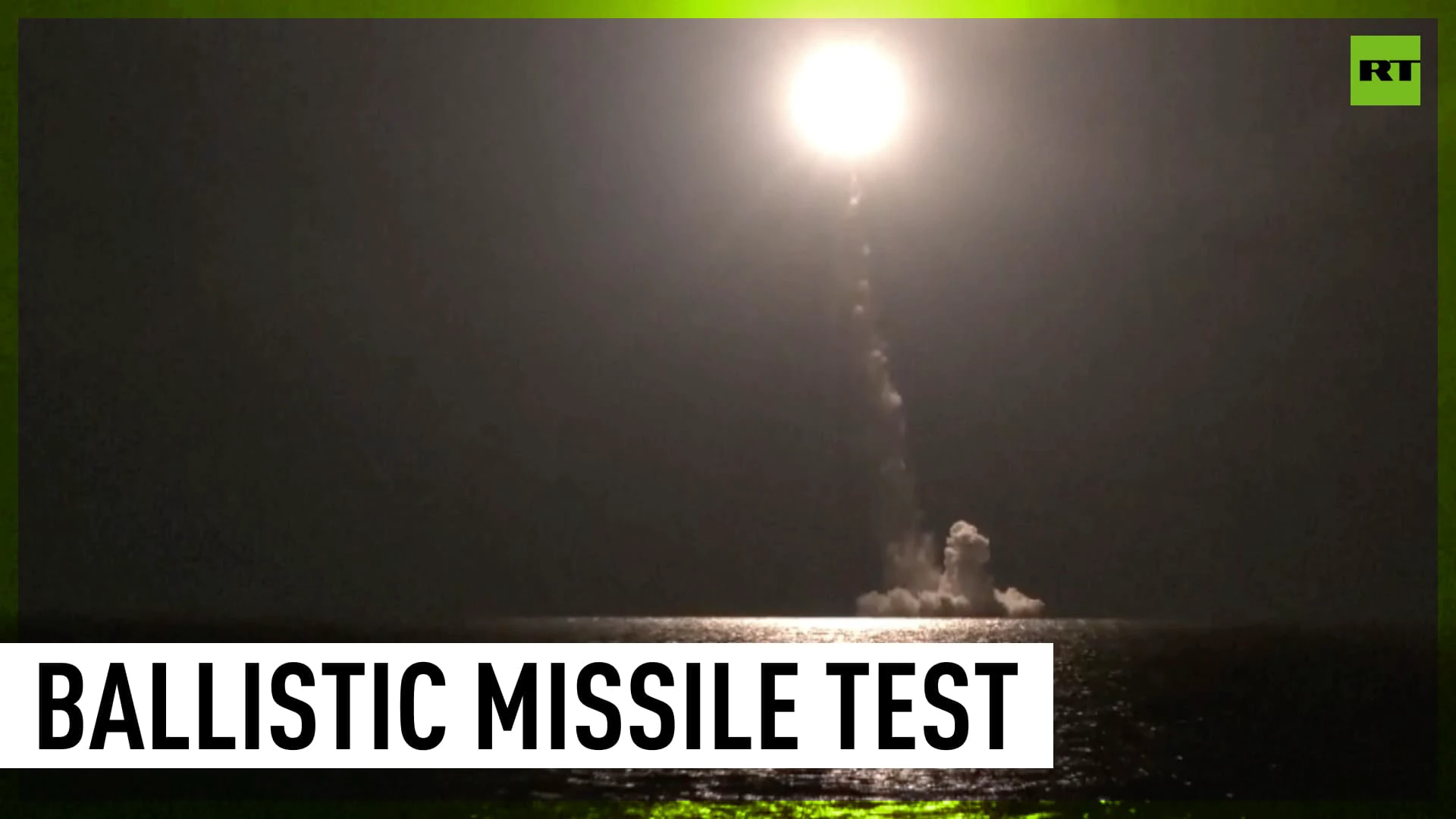
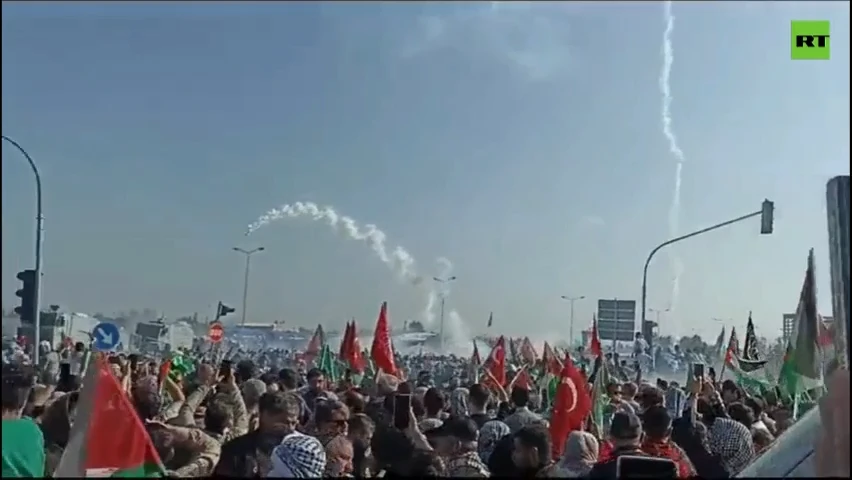






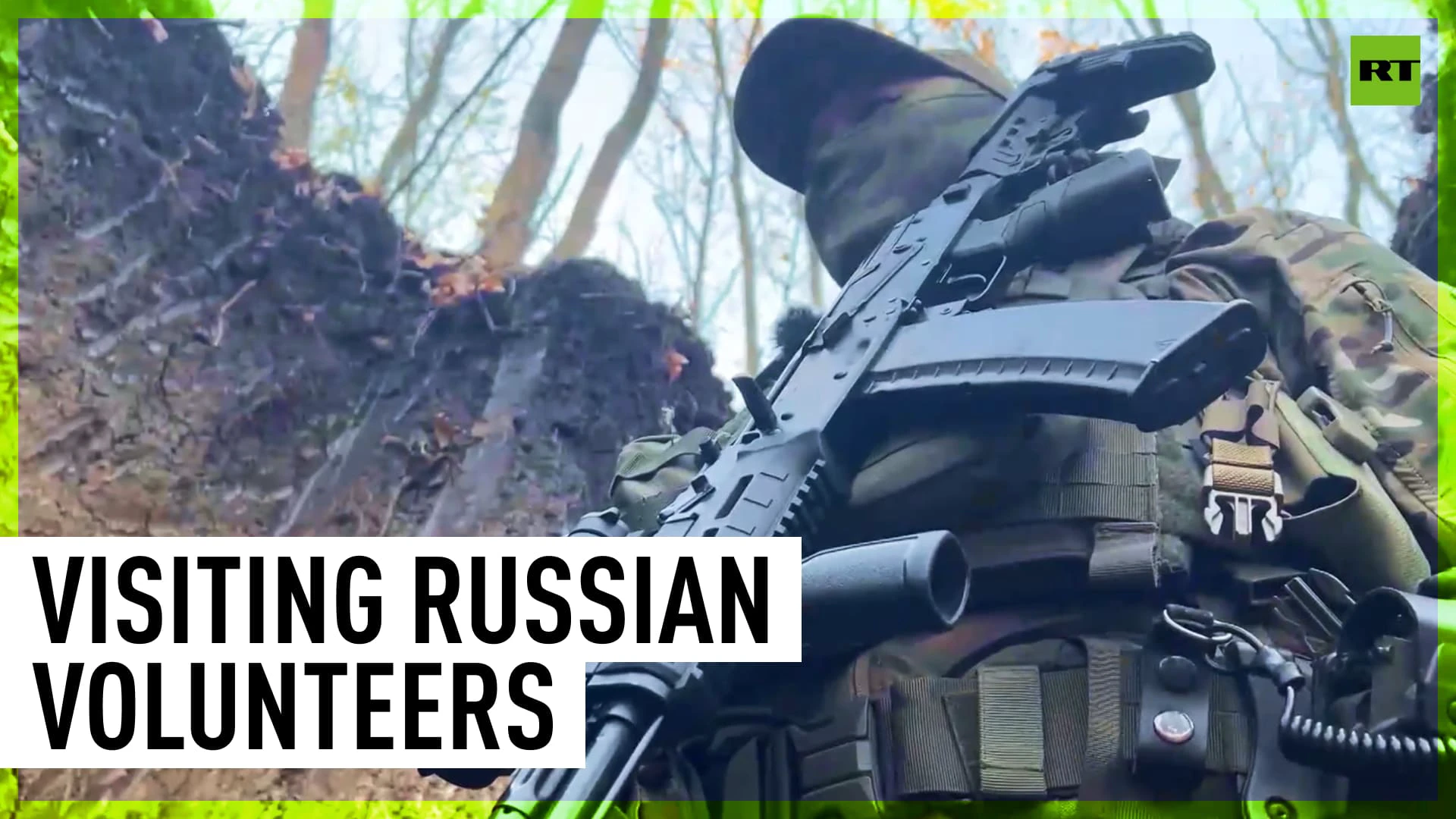



SORT BY-
Top Comments
-
Latest comments
2 years ago
I kind of like the Russian weapons systems.... I think they have to budget very hard and come up with smart, cost effective responses. This system, I have not looked up the real or assumed specifications for it but it looks like it packs a HUGE punch over a long range.
Wikipedia:
S-300V (SA-12)
The S-300V, starting with the 9M83 missile, entered service in 1983, while it was fully integrated in 1988.[9][20] [21]
S-300V (SA-12A Gladiator)
The 9K81 S-300V Antey-300 (Russian 9К81 С-300В Антей-300 – named after Antaeus, NATO reporting name SA-12 Gladiator/Giant) varies from the other designs in the series.[22] It was built by Antey rather than Almaz,[23] and its 9M82 and 9M83 missiles were designed by NPO Novator. The V suffix stands for Voyska (ground forces). It was designed to form the top tier army air defence system, providing a defence against ballistic missiles, cruise missiles, and aircraft, replacing the 2K11 Krug. The 9M83 (SA-12A Gladiator) missiles have a maximum engagement range of around 75 km (47 mi), while the 9M82 (SA-12B Giant) missiles can engage targets out to 100 km (62 mi) and up to altitudes of around 32 km (20 mi). In both cases the warhead is around 150 kg (330 lb).
While it was created from the same project, hence sharing the common S-300 designation with the S-300P air defense family, the S-300V focused on different priorities resulting in a different design. The S-300V system is carried on tracked MT-T transporters, which gives it better cross-country mobility than the S-300Ps moving on 8 × 8 wheeled transporters. Its search, tracking, and command systems are more distributed than the S-300P's. For example, while both have mechanically scanning radar for target acquisition (9S15 BILL BOARD A), the battery level 9S32 GRILL PAN has an autonomous search ability and SARH delegated to illumination radar on TELARs. The early 30N6 FLAP LID on the S-300P handles tracking and illumination, but is not equipped with an autonomous search capability (later upgraded). 9S15 can simultaneously carry out active (3 coordinates) and passive (2 positions) search for targets.[9]
S-300V high altitude surface-to-air missile systems
9S15M Obzor-3 acquisition radar
The S-300V places a greater emphasis on the anti-ballistic missile (ABM) mission, with a dedicated 9M82 (SA-12B Giant) anti-ballistic missile. This missile is larger and only two can be held on each TELAR. It also has a dedicated ABM radar: the 9S19 HIGH SCREEN phased array radar at battalion level. A typical S-300V battalion is made up out of a target detection and designation unit, a guidance radar, and up to 6 TELARs. The detection and designation unit consists of the 9S457-1 command post, a 9S15MV or 9S15MT BILL BOARD all-round surveillance radar, and a 9S19M2 HIGH SCREEN sector surveillance radar.[24] The S-300V uses the 9S32-1 GRILL PAN multi-channel guidance radar. Four types of missile-launcher vehicles can be used with the system:[25]
Transporter erector and radar (TELAR) vehicles, which not only transport the missiles, but also fire and guide them (includes radar illumination and targeting as well[26]). There are two models: the 9A83-1 TELAR holding four 9M83 Gladiator missiles and the 9A82 TELAR holding two 9M82 Giant missiles.[25]
Launcher/loader vehicles (LLV), which transport the missiles and can reload the TELARs, and also fire missiles under the control of a TELAR. There are two models: the 9A84 LLV holding two 9M83 Gladiator missiles and the 9A85 LLV holding two 9M82 Giant missiles.[25]
The target detection ranges for each radar vary based on the radar cross-section of the target:[27]
9S15M – 330 km for 10 m2 and 240 km for 3 m2.
9S19M2 – 175 km (unknown cross-section); it contains two passive electronically scanned arrays with a very high resistance to interference.
9S32M (TELAR 9A82/9A83) – range is limited to 200 km, can work independently, or target designation from the S-300V, or a variety of other target designation data systems (AWACS aircraft and various ground-based radar). Targets with a radar cross-section of 0.1 m2 are detected at ranges up to 140 km and are locked on at 120 km. Alogically, 9S32 detection range – MGM-52 Lance 60 km, aircraft missiles 80 km, fighter or ballistic missile MGM-31 Pershing (all of which the U.S. removed from service in 1991) 140 km.[28][29]
Size of 0.05 m2 at a distance of 30 km (aiming system in the rocket (10/3 seconds before the missiles hit the target)).[citation needed] In addition, the guidance system inside the rocket supplements for missile guidance systems on commands from the 9A82 / 9A83 and 9S32, and missile guidance systems to passively on the radar illumination and radiation of 9A82 / 9A83.[citation needed]
A S-300V system may be controlled by an upper level command post system 9S52 Polyana-D4 integrating it with the Buk missile system into a brigade.
China has built its own version of the S-300V called HQ-18.[30]